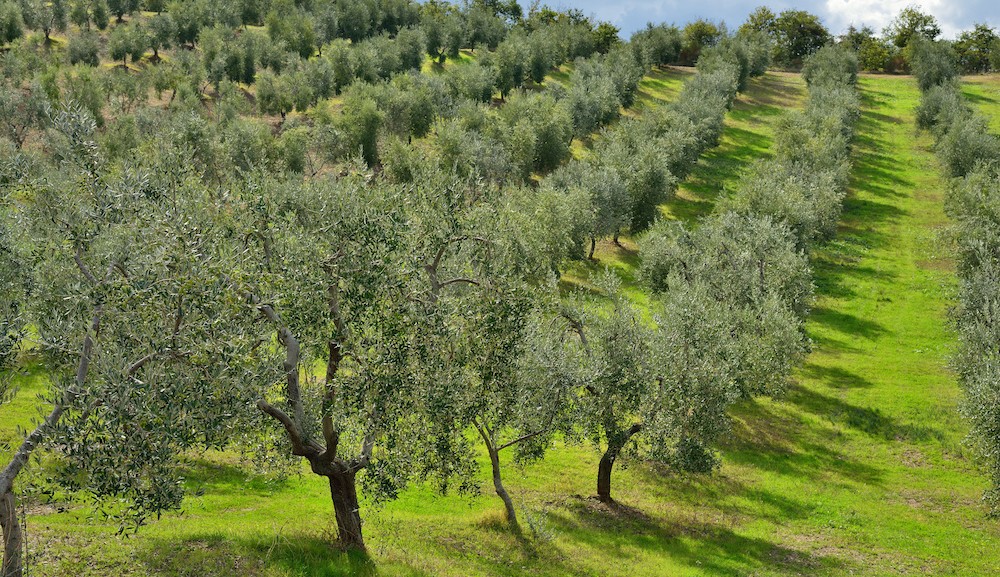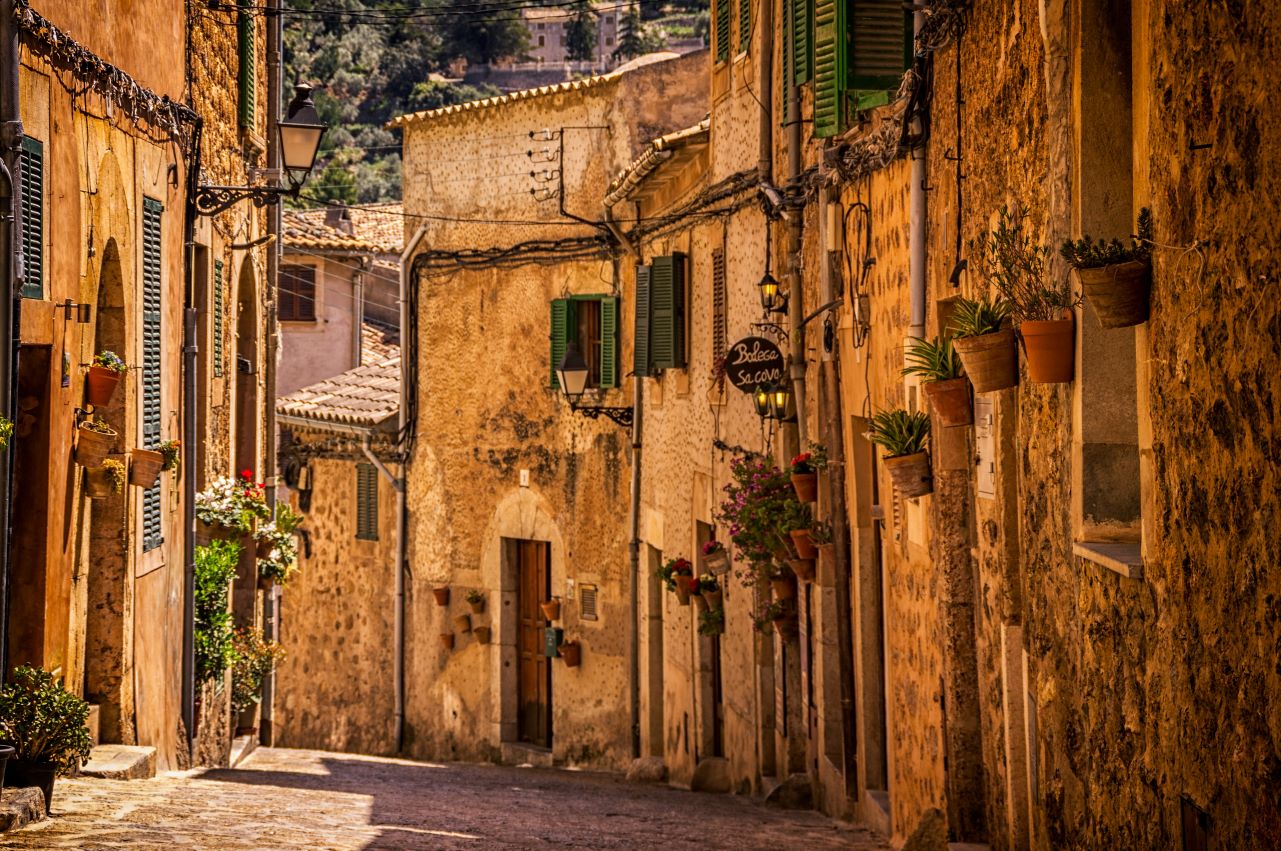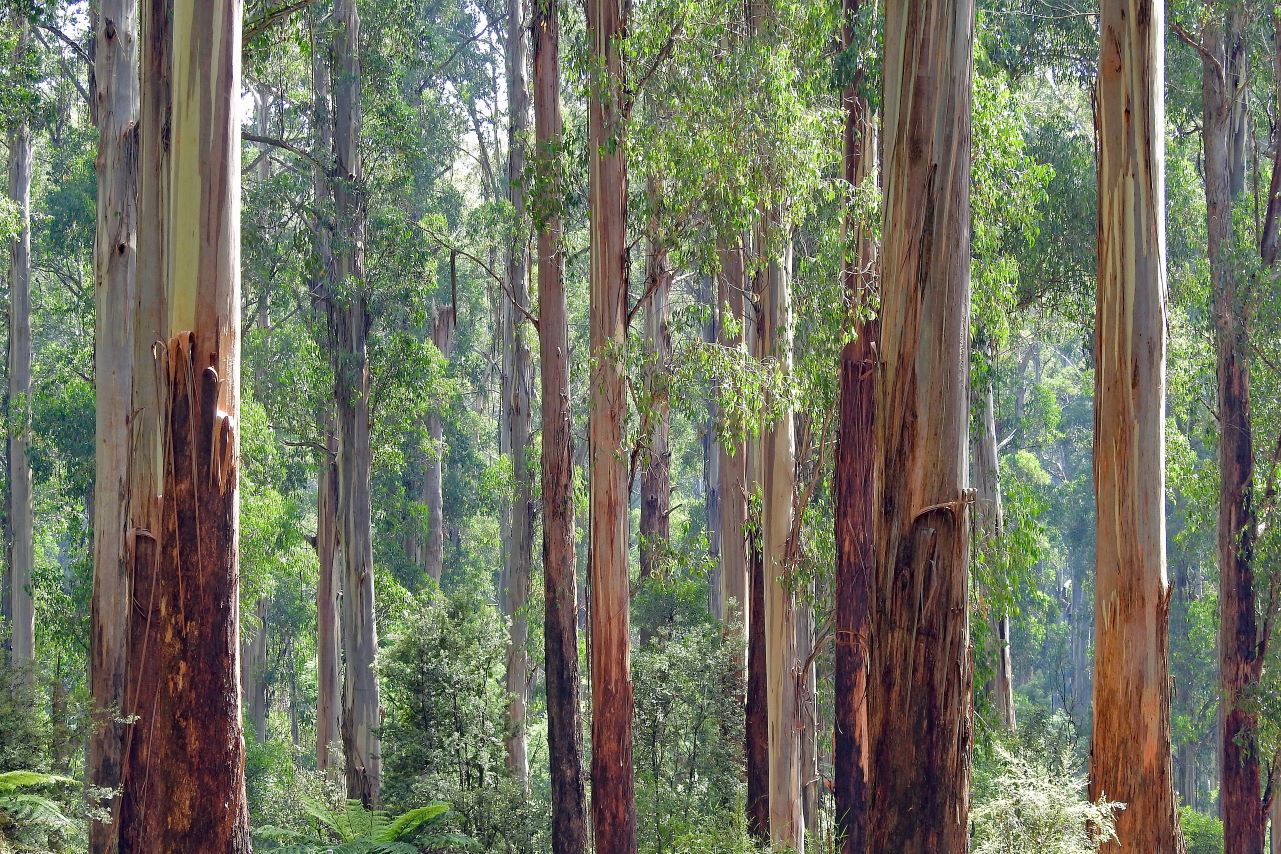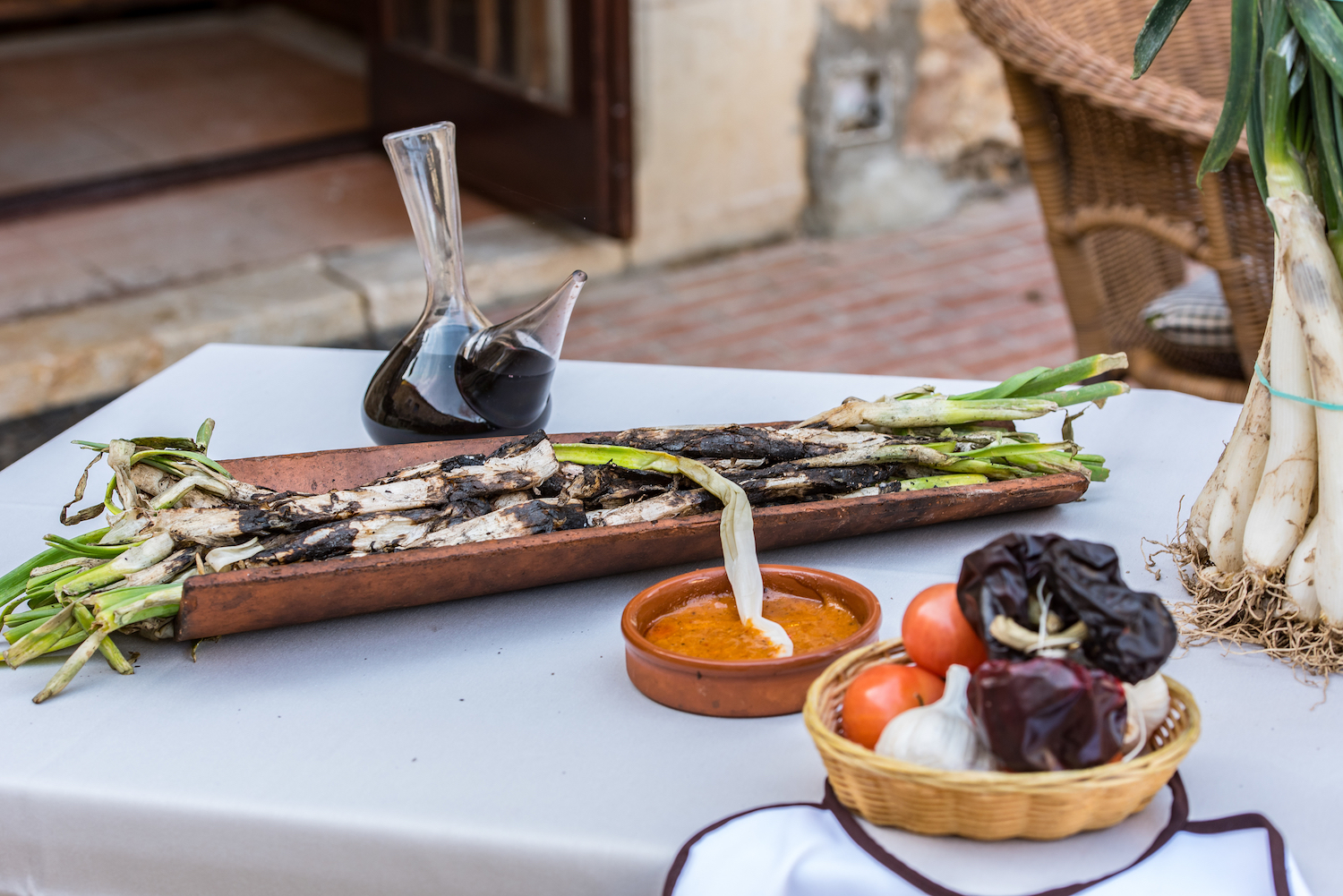Trip to the olive plantations of Spain
Trip to the olive plantations of Spain
While Russia is freezing in the autumn rain, Valencia starts to harvest olives. There are two months of harvesting: October and November. Olives grow on the low knotty trees. They have narrow and thick silvery leaves. The fields with olive trees, is located all over Spain (there are about 300000000 trees). Spain has a favorable climate for growing olives. People cultivated them for more than 1000 years, getting the healthy fruits and oil for them and their neighbors. Olive trees are pictured on the coins or the Roman empire.
Olive harvest
On the olive fields, where the hilly ground doesn’t allow using any equipment, olives are picked manually. The workers take them carefully so that the olives fall on the ground. They spread the cloth with small holes around the tree and drop the fruits on it. The twigs and leaves are removed manually or with a special rake. In this way, the trees are not hurt. Sometimes they use the sticks or wings that look like butterflies to drop the fruits off the trees. The harvested fruits are put in the basket and delivered to the factory, which it located near the plantation. The men of retirement age usually gather olives. They look very young, are very active and can even flirt with women. They can always take fresh and fragrant olive oil at the plant. It is cloudy and greenish but very healthy. The harvesters pour oil into the saucer and dip their bread in it.
Sorts of oil
The oil must be pressed in no more than a day after harvesting. The olives are sorted through and put under press. The water is removed from the obtained liquid, and it becomes perfectly transparent. Spaniards call this oil “Virgen Extra” (virgin extra), and it considered to have the best category. Such oil can keep its useful properties for one and a half years. The samples of oil from each tank are kept in a separate compartment of the plant.
Aceite de oliva is very popular. This oil is mixed with the refined one. It is used for frying and salad dressing.
Pomace-olive oil is obtained from the pomace. After squeezing and refining this oil is added to the olive oil. Such oil is used for frying.
Conservation of olives
The color of olives has all shades of green, red, brown and even black color (depending on the sort). However, only black and green olives come up for sale, as are in greater demand. Conservation of olives consists of removing bitterness and acidity of olives. Fruits are poured into a pure caustic soda solution. After that, they’re kept in the salt solution from 6 months to a year. To get the black olives, the fruits are oxidized and strengthened with the iron gluconate (not harmful to the health). Spaniards marinate olives as the Russians- cucumbers. They taste good and soft. Such olives can’t be exported from the country. They are so soft that they can’t handle transportation.
Useful information
- At the beginning, olives are green and solid. Then they become softer and change their color (depending on the sort).
- Olives have some useful properties.
- normalize the blood cholesterol;
- reduces the risk of developing thrombosis, atherosclerosis, cardiovascular diseases, oncology and diabetes;
- have a rejuvenating effect;
- improves metabolism.
- You need 6 kg of olives to get one liter of oil.
- Polyphenols add bitter taste to the oil. They fight against free radicals in the body, make you look younger and help to prevent different diseases. When you cook food with olive oil, it you can be sure it’s free from carcinogens.








Comments